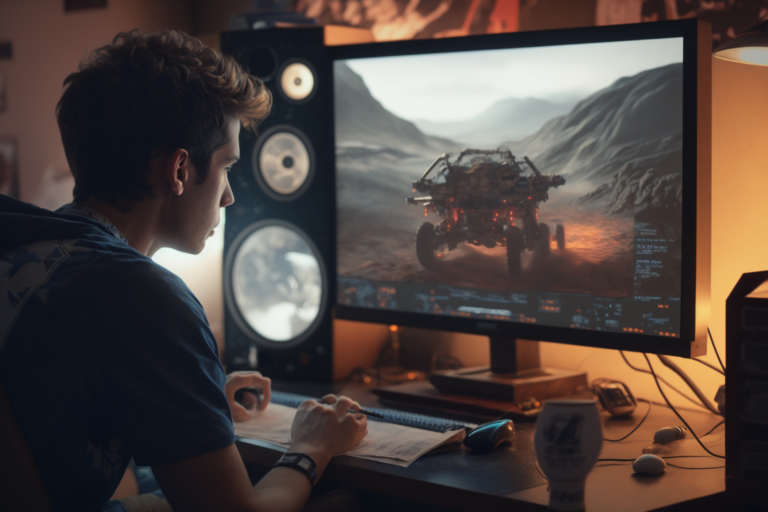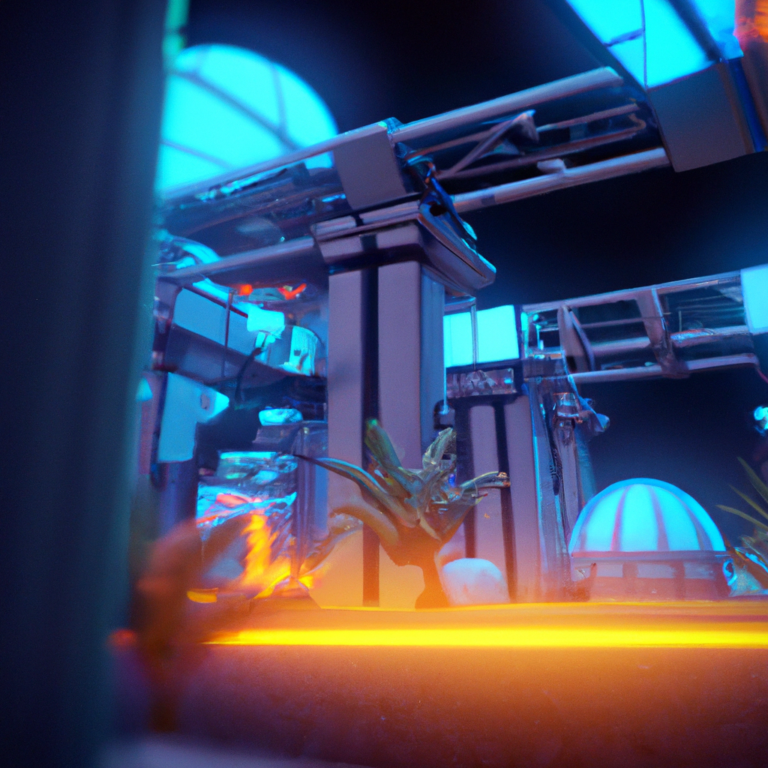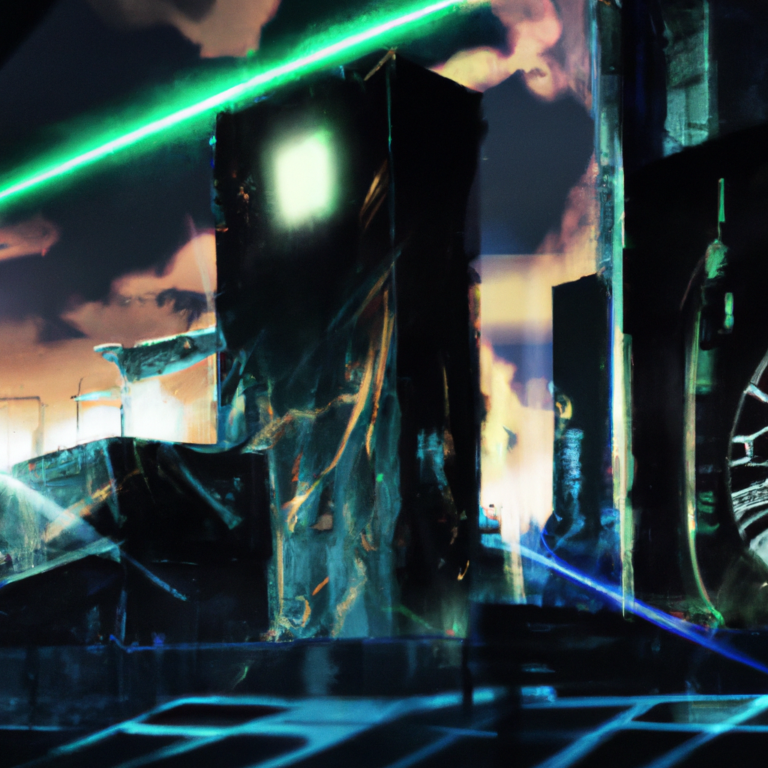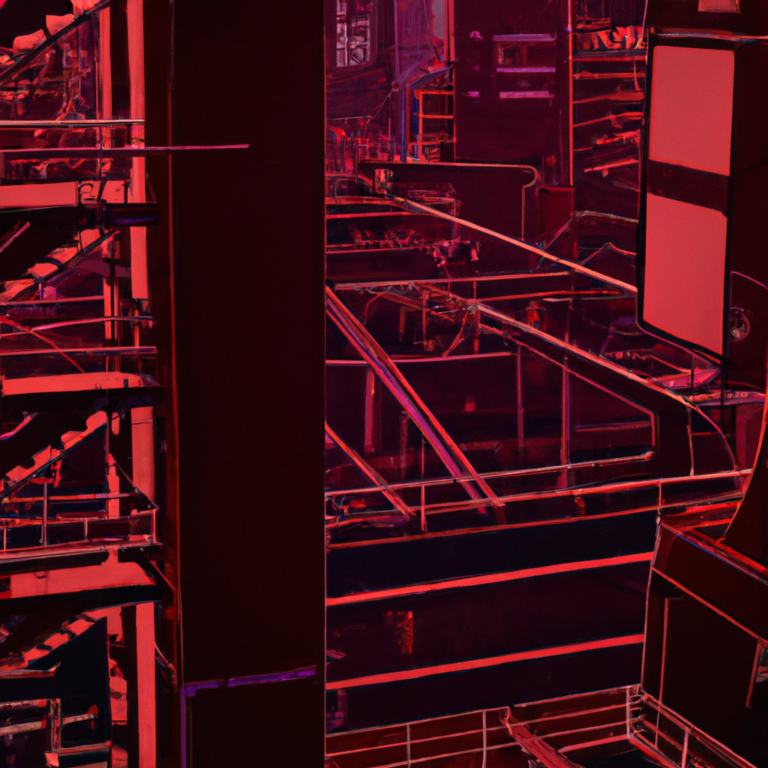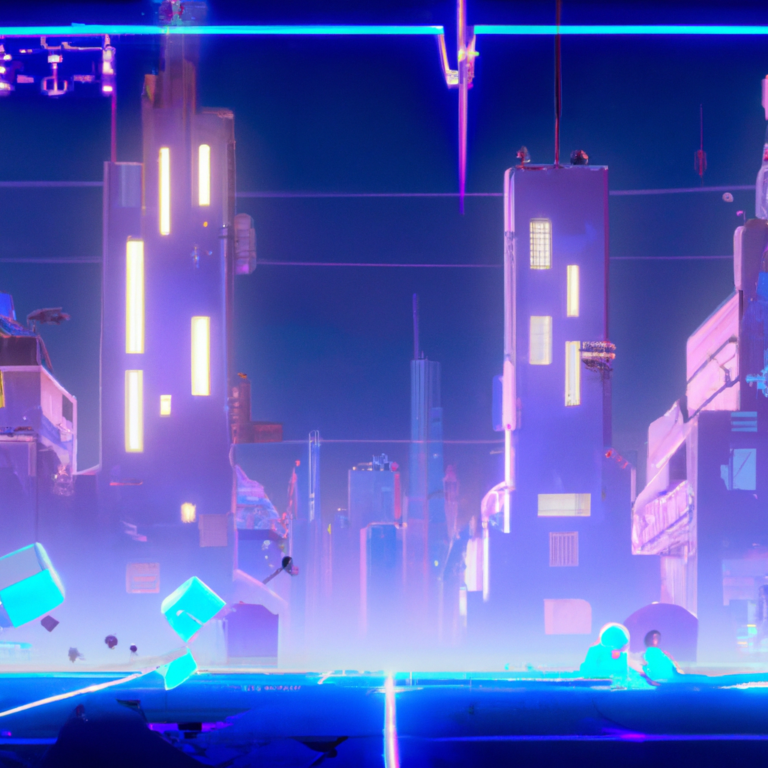“Mastering the Art of Game Development: A Comprehensive Guide to Workflows and Best Practices”
Game development is an exciting and ever-evolving domain, with new technologies and methodologies constantly emerging. As a result, developers must adapt and adopt workflows that best suit their projects’ needs. This blog post aims to provide an overview of various game development workflows commonly used in the industry, touching on some of the best practices, tools, and methodologies.
From Solo Developers to Large Teams
Game development workflows can differ significantly depending on the size of the team and the project’s scope. A solo developer might use a more straightforward and streamlined workflow, while larger teams tend to have more complex and structured workflows. Here are some general guidelines:
1. Solo Developer Workflow
– Use agile methodologies, such as Scrum or Kanban, to stay organized and on track
– Keep the development process simple and focus on a single feature or aspect at a time
– Use version control systems like Git to track changes and collaborate with others if needed
2. Small to Medium Teams Workflow
– Adopt a more structured development process, such as Agile/Scrum, to manage tasks and progress
– Divide tasks among team members according to their expertise
– Communicate regularly and hold team meetings to discuss progress and challenges
– Establish a central repository for code and assets management
3. Large Teams Workflow
– Implement a more formalized development process, such as Agile or Waterfall
– Define clear roles for each team member, such as programmers, artists, designers, producers, and QA testers
– Use project management tools, such as JIRA or Trello, to track tasks and progress
– Build a robust pipeline for assets creation, integration, and management
Software and Tools
Selecting the right software and tools is crucial when setting up a smooth workflow. Here are some of the commonly used tools in game development:
1. Game Engines: Game engines, such as Unity and Unreal Engine, provide a comprehensive framework for creating games. They include tools for scripting, asset management, physics simulations, and rendering.
2. Version Control Systems: Tools like Git, Mercurial, or Perforce help manage and track changes in your project. They also facilitate collaboration among team members.
3. Project Management: Project management tools, such as Trello, JIRA, or Asana, help in organizing tasks, tracking progress, and maintaining communication within the team.
4. Art Assets and Animation: Tools like Photoshop, GIMP, Blender, or 3ds Max are used for creating and editing game assets, including 2D and 3D models, textures, and animations.
5. Audio: Tools like Audacity, FL Studio, or Reaper allow for editing and creating game audio, including sound effects and music.
6. Scripting and Programming: IDEs (Integrated Development Environments) like Visual Studio, VSCode, or JetBrains Rider help developers write, debug, and optimize code.
Best Practices in Game Development Workflows
1. Documentation: Documenting your game’s design, systems, and tools can save time and minimize confusion among team members. Use tools like Confluence or Google Docs for creating and sharing documentation.
2. Automated Testing: Implement automated testing to find bugs and issues early in the development process. Use tools like Unity Test Runner or Unreal Engine’s Automated Testing Framework for this purpose.
3. Regular Builds: Create regular builds of your game to ensure that the project is stable and to facilitate playtesting and bug-fixing.
4. Continuous Integration: Set up a continuous integration (CI) system, such as Jenkins or GitLab CI, to automate building, testing, and deploying your game.
5. Communication and Collaboration: Encourage open communication among team members, and use tools like Slack or Microsoft Teams for real-time collaboration.
In conclusion, game development workflows can vary greatly depending on the project’s size and scope. However, adopting best practices, utilizing the right tools, and fostering a culture of collaboration can ensure a smoother and more efficient game development process.


